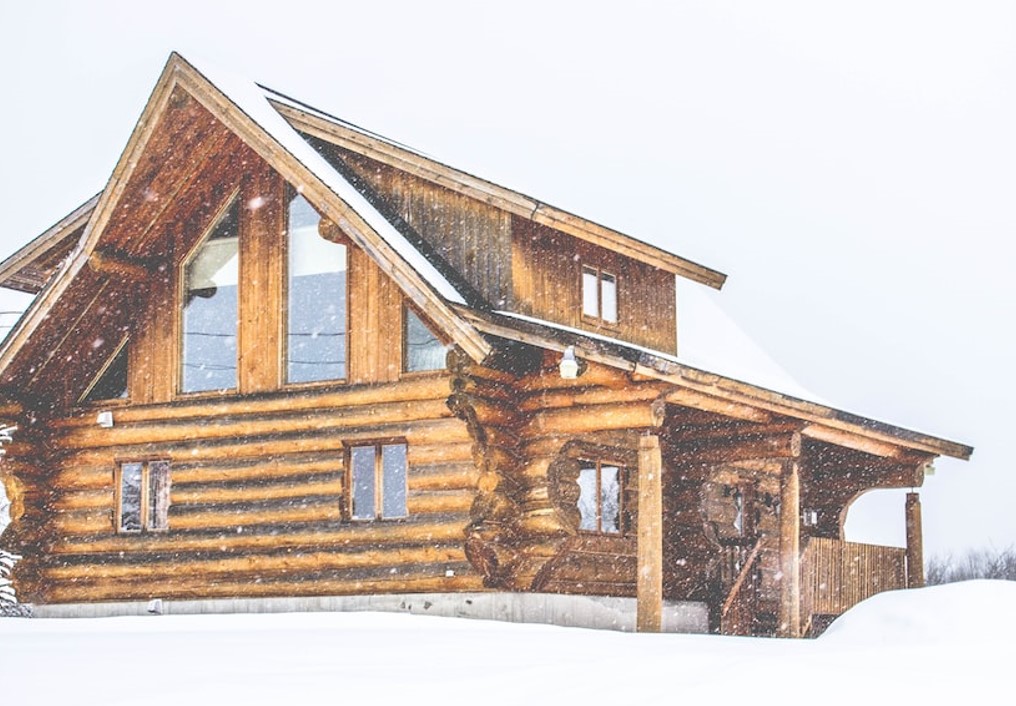If you own a seasonal cottage, you might have begun to consider ways to extend the season into the fall and winter. If you’re looking for an upgrade, there are many all-season housing options out there, such as these Lake of Bays cottages for sale. On the other hand, you can always upgrade your current cottage to be all-season. But it takes a lot of work and a sizable investment to transform your summer vacation spot into an all-year paradise.
Here are just a few steps you’ll need to follow if you want to turn your cottage or cabin from a seasonal residence into an all-year one.
Install a Suitable Heat Source
It’s not as easy to do this as installing a wood stove or fireplace, so you should speak with a specialist to choose the best type of heat source for your cottage. This can vary depending on several things, including your budget and the location of your cottage. It’s also important to remember that specific heat sources, such as wood stoves, may affect your insurance costs or even your eligibility for coverage. Before making a decision, you should speak with your broker to learn how a heat source can affect your insurance.
Avoid Frozen Pipes
In general, draining the pipes is required before winterizing your cottage. But if you intend to stay during the winter, you’ll need running water, so you’ll need to take some precautions to make sure your pipes are adequately insulated to prevent them from freezing and bursting. This may even necessitate a complete removal and reinstallation to ensure that your pipes run on the warm side of your insulation.
Check Your Utility Systems
You’re plumbing and electrical systems, including your septic system, may need to be upgraded or replaced if you’re used to just being at your cottage during the warmer months. A qualified electrician and plumber should evaluate your property since they can advise you on what has to be done to winterize your utilities. Read more about Home stagers near me.
Include the required year-round insulation
Canadian winters are chilly, so if you intend to stay at your cottage over the winter, it needs to be well insulated. A vapor barrier must also be included if you want to avoid condensation inside the walls. Without this barrier, your cottage may be vulnerable to decay and mould, two things not often covered by home insurance policies.
Improve Your Doors and Windows
Your cottage’s windows and doors must be properly weather-stripped to keep out draughts and retain heat (this also helps with energy savings). Your seasonal property’s windows may need to be replaced with a year-round replacement, depending on the sort of windows that are now there (such as new double-paned windows).
Is There a Risk to Your Insurance if You Winterize Your Cottage?
Inform your insurance broker of your plans, whether you intend to renovate your cottage, or hire professionals to do the job so they can ensure you have the appropriate coverage before, during, and after the renovations. Your coverage during renovations may be restricted depending on your work, or you may even need to get a specific builder’s risk policy. If you intend to rent your cottage once you’ve winterized it, your insurance provider should be informed. If you do, your coverage might be limited during that time, or you might need to buy a landlord policy.

